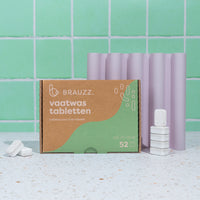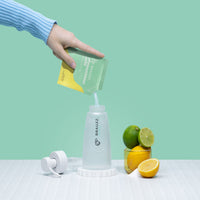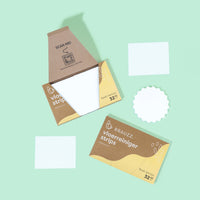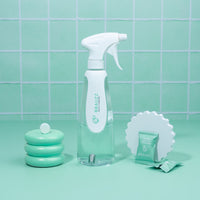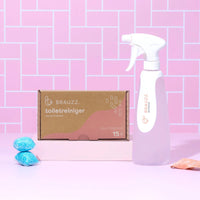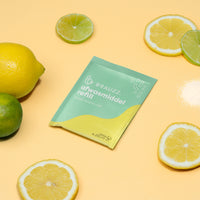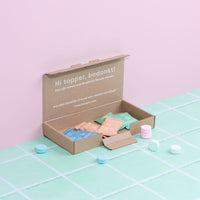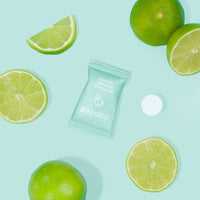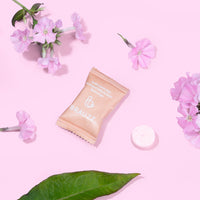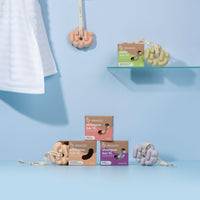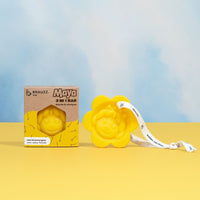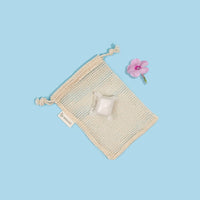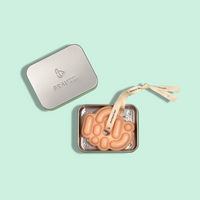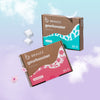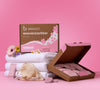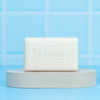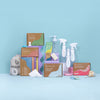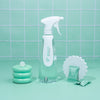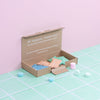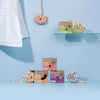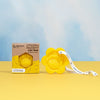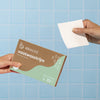The positive impact of bees: Tips from local beekeeper Christophe for a bee-friendly garden and patio
Bees play a crucial role in our ecological system. Without bees, the pollination of many plants we need for our food would not be possible. Local beekeeper Christophe emphasizes the importance of bees and shares practical tips to transform your garden and patio into a bee-friendly place.
Up to 80% of our fruits and vegetables are there thanks to bees
Bees are indispensable to our ecosystem. Without them, we would miss 70 to 80% of our fruits and vegetables. After all, they ensure the flowering of plants thanks to pollination. Fortunately, it is easy to transform your garden or terrace into a bee paradise. Beekeeper Christophe shares with us 5 practical tips:
Tip 1: Place a bee hotel
A simple way to help wild bees is to install a bee hotel. This is an artificial nesting site where wild bees can shelter, hibernate and raise their young.
When placing a bee hotel, it is important to place the hotel on the south side of the garden and certainly not on the rain side.
Extra tip: You can make your own bee hotel or buy one at a garden store or online.
Tip 2: Do not prune plants in bloom
A simple way to help bees is to wait with pruning until the flowers have finished blooming. When you prune a plant the in bloom, you remove the source of food for bees.
In addition, there are bees that specifically visit one type of flower. If you prune this flower, you take away the only source of food from these bees.
Tip 3: Provide a variety of plants and trees
A simple way to help bees is to provide a variety of plants and trees in your garden. Bees need nourishment all year round. By choosing plants and trees that bloom at different times of the year, you ensure that there is always a flower or tree somewhere in your garden for the bees.
Tip 4: Sow a flower meadow
Are you looking for a way to turn your garden into a bee paradise? Then a flower meadow is a perfect option! Flower meadows provide nectar and pollen for bees, which is essential for their survival. Plus, they are a beautiful addition to any garden.
The best time to sow flowers is in the spring, March-April, or in the fall, just before it starts freezing, October-November.
There are two main types of flower meadows:
- Field meadow: This is an annual meadow with flowers that bloom very quickly. Field meadows are a budget-friendly option, but they do require more maintenance. After a few years, weeds will grow among the flowers, so you will have to re-seed each year.
- Perennial flower meadow or biennial flower meadow: This meadow contains flowers that live longer, so you don't have to re-seed as often. Perennial flower meadows do cost more than field meadows, but they give your garden a longer period of color and fragrance.
In addition, it is best to avoid seeds from supermarkets. These flowers are often exotic and not good for bees. Go to a specialty seed store where they can advise you on the best flowers for your garden and the needs of the bees in your area.
Tip 5: let your garden go wild
The "mow-may-not" campaign is a great initiative to help wildflowers and bees. By letting your grass grow for a month, you create a valuable food source for these important insects.
But many people mow their gardens all at once as soon as June begins because the "Don't Mow May" campaign is officially over. As a result, the bees lose their main source of food in one fell swoop.
A better solution is to mow in phases. For example, mow one half of your garden and let the other half go wild. That way there is always a section in bloom where the bees can visit.
Beekeeper Christophe speaking for Biodiversity Day:
By taking small steps, we can make a big difference for bees!
With a little planning and effort, you can make your garden or patio a paradise for bees while enjoying a beautiful and natural environment.


